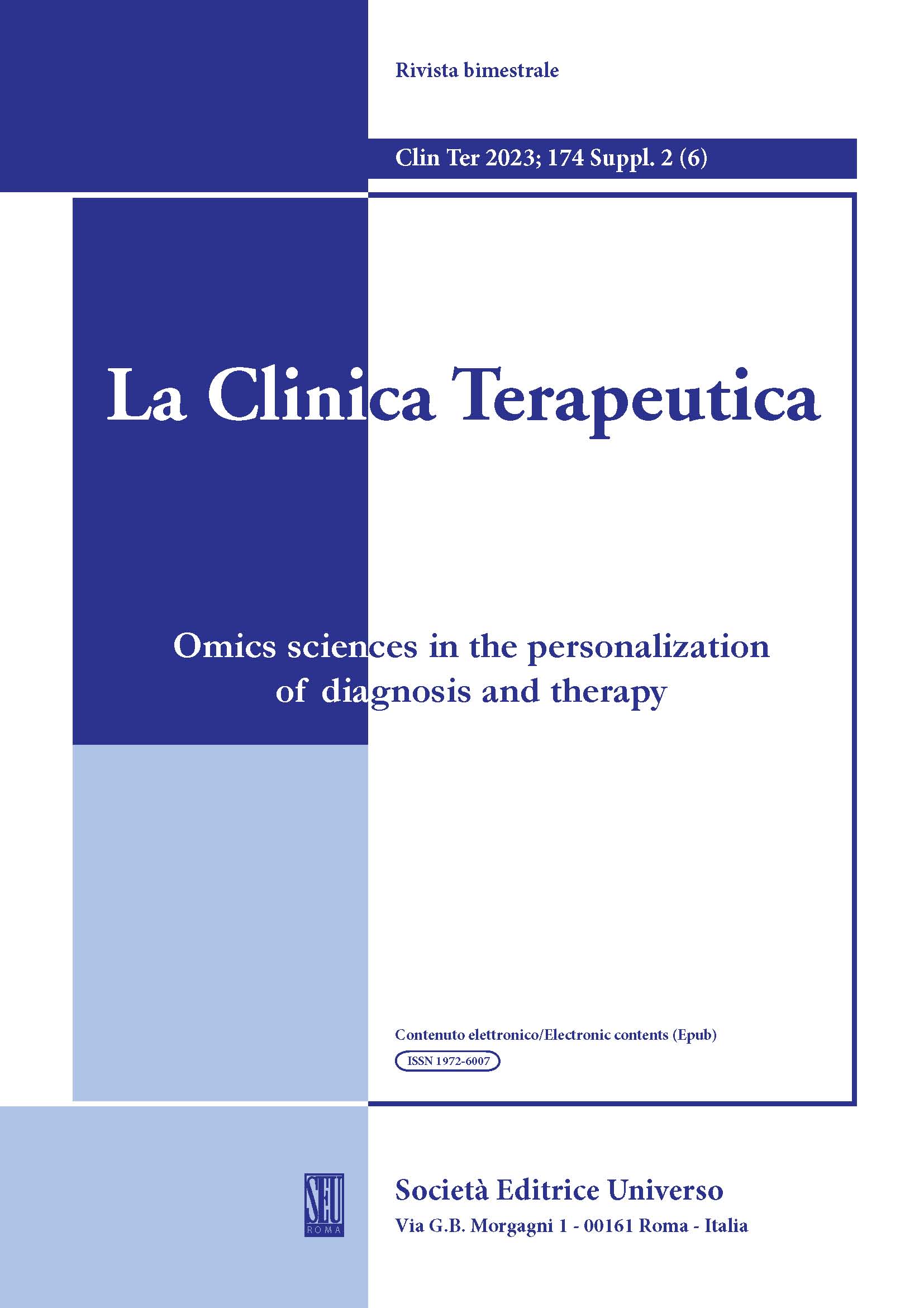Abstract
Background: Mast cells are immune cells that mediate hypersensitivity and allergic reactions in the body secreting histamine and other inflammatory molecules. They have been associated with different inflammatory conditions such as obesity and other adipose tissue disorders. Lipedema is a chronic disease characterized by an abnormal accumulation of adipose tissues on the legs and arms, pain, and other symptoms. Mast cells may play a role in the pathology of lipedema.
Objective: Pilot study to determine levels of histamine and its metabolites in lipedema subcutaneous adipose tissue (SAT) biopsy samples, and to test sodium cromoglycate for the treatment of mast cells in women with lipedema.
Methods: Biopsies from lipedema and control SAT were collected and analyzed histologically for the presence of mast cells. Mass spectrometry was used to measure the levels of histamine, a key marker of mast cells, and its metabolites in SAT in women with lipedema and controls, and after a group of women with lipedema were administered oral and topical doses of sodium cromoglycate for two weeks.
Results: Histological examination of biopsies from lipedema patients confirmed the presence of mast cells. Metabolomic analysis revealed high levels of histamine and its metabolites in samples from women with lipedema compared to controls. Following a two-week treatment period, lipedema tissue samples exhibited reduced levels of histamine, suggesting a reduction of mast cell activity.
Conclusion: Sodium cromoglycate has the ability to stabilize mast cells and reduce histamine levels in lipedema patients, which could be useful in lowering the symptoms of lipedema.
